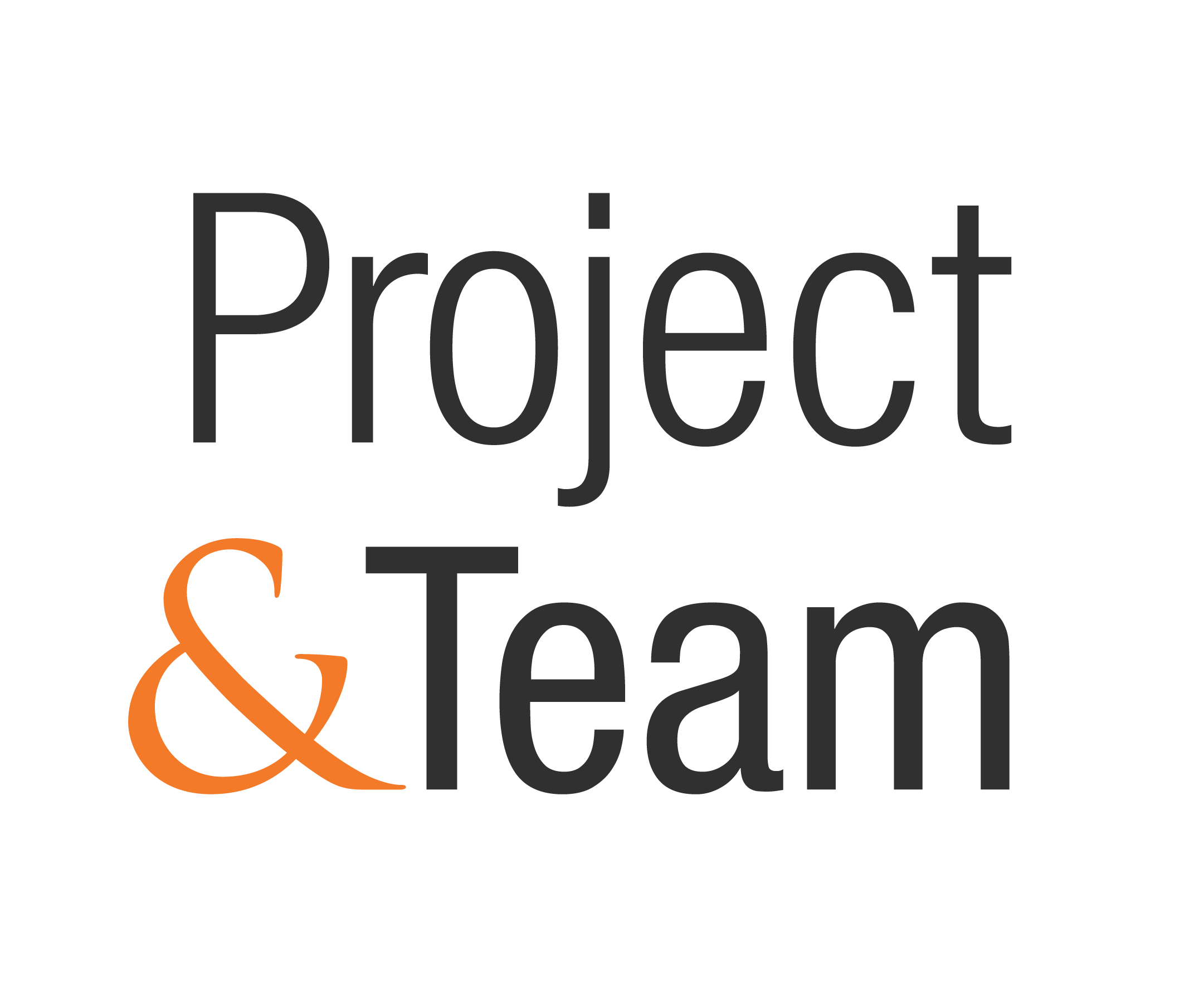Federal Computer Week (FCW) - Why digital transformation is a process, not a destination
Federal digital transformation initiatives have been going on for some time now, and the results have been – well, mixed. IT managers have a difficult row to hoe here, because they are at the forefront of carrying an unwelcome message back up the chain of command: Digital transformation is a process, not a destination.
Clearly, federal leadership sees digital transformation from at least two perspectives: Updating the online user experience, and transforming the data center infrastructure to take greater advantage of the cloud.
Data center optimization is a key measurement for scorecarding in the Federal Information Technology Acquisition Reform Act. This measurement is in part a reflection of how well the agency infrastructure takes advantage of the cloud. As of August 2020, digital center optimization dragged down the curve in FITARA scorecarding, with several agencies actually dropping a grade or more from the previous year. (At this writing, the 2021 FITARA scorecard results were not yet available.)
The 21st Century Integrated Digital Experience Act (IDEA) is faring a little better. Agency officials are expected to set a clear course to make .gov websites more user-friendly, with more online services for the public. Some agencies, such as the USDA, are already taking advantage of data analytics and feedback to understand the needs of customers.
That's just two of several important expressions of digital transformation required by the federal government. The stumbling block in making digital transformation work at the agency level is often self-imposed: time.
The paradox of time
For some there isn't enough time to make digital transformation plans and continue meeting mission-critical objectives. Paradoxically, the agencies that may feel they don't have the time to fully implement digital transformation are the very ones that might most greatly benefit from that transformation.
This paradox is so commonplace that an informal working group has been established, including both federal agencies and the vendor community, to find ways to solve the puzzle. (Preliminary findings from the working group meeting have yet to be released.)
It's simple, really: The future operations of every government agency are tied to how well that agency adapts to the continuing changes in the internet, and how well transactions are conducted) in the digital economy. And because the internet is a constantly evolving environment, agencies must continually adapt to that shifting landscape. Digital transformation is not an item that can be readily checked off a list.
The unenviable task of explaining this seemingly obvious conclusion to agency decision-makers most commonly falls to IT managers. To explain the utility of digital transformation, it's clear that underscoring compliance with FITARA or other similar regulations is not enough. It may be necessary to present the case in terms of the larger business benefits such transformation can offer.
How benefits map onto process
One company selling into the federal market recently identified six different anticipated benefits from their digital transformation process, which can easily translate to the agency side. These benefits included the expected advantages, such as better operational efficiency, improved customer satisfaction and even better financial management. Other benefits were less apparent, however, such as better quantifying and controlling business risks, and a stronger, more effective, better engaged employee culture.
To break it down, each of these benefits maps to a particular aspect of the digital transformation process. (For more seasoned readers, the project management methodology that underpins the digital transformation process is known as "lean-agile.")
In the earliest part of the digital transformation process, organizations are guided to create strategies that take advantage of – or even anticipate – changes in market dynamics. The goal is to create an adaptable digital enterprise, to embrace the variability required to succeed under changing market conditions, and to keep options open if the time comes to pivot.
Business system readiness is emphasized in the next part of the process. At this point in the process, software and hardware is continually integrated into the company's virtual, physical and operational worlds. This cyber-physical delivery process aims to reduce risk, improve speed and increase quality.
Success in the first two parts of the process are essential to success of the third part: Promoting change leadership throughout the organization.
Change leadership's goal is to achieve exceptional business outcomes with a corporate culture that embraces organizational change and transformation. It may seem like the "softest" benefit, but change management is absolutely essential to a successful digital transformation process.
Teams have to be empowered to drive ongoing growth by being able to connect strategy to execution. If personnel are not on board with what is happening, nothing gets done. This change leadership also prepares people that the process will continue to evolve because the digital economy continues to evolve.
It's a cycle – an ongoing process of continuous improvement. With each advancement in the Internet, organizations have to evaluate their digital enterprise and match the new environment, both in their products and their overall business processes. Delivery requires properly integrating software and hardware continually to reflect the needs of the digital enterprise. Change leadership is undertaken to ensure that employees execute according to the new digital enterprise strategy.
And the entire process begins again.
In just over 30 years, the digital economy has seen three seismic technological shifts. Organizations that did not adjust often did not survive, and government agencies are still grappling with how to adjust now to the myriad digital transformation initiatives for which they're responsible.
For the most part, IT managers' message up the chain must be that leaders in the digital economy need to be ready to adapt, and adapt again, to keep up with the speed of change. Digital transformation is an ongoing process, and committing to the process is the difference between meeting or missing your mission goals. See article and more at https://fcw.com/articles/2021/08/09/comment-fitara-idea-transform.aspx

